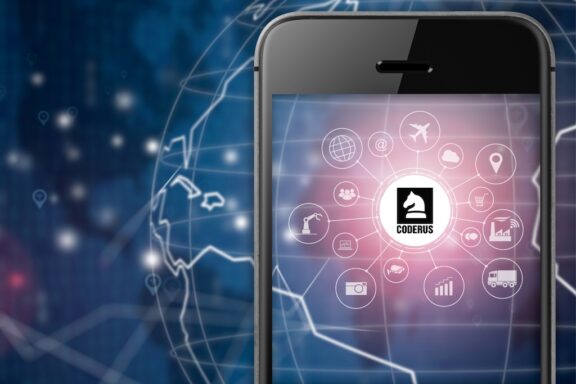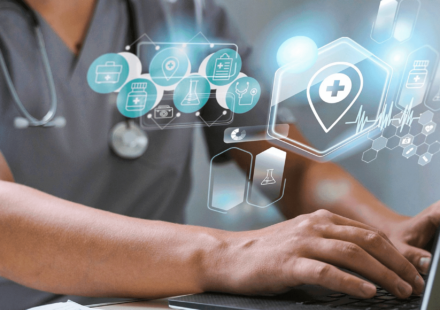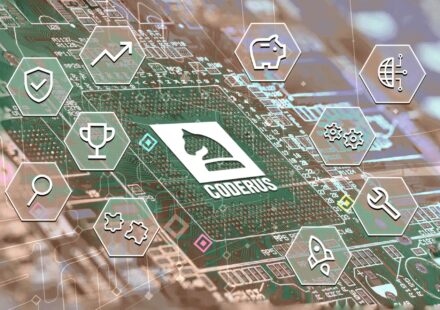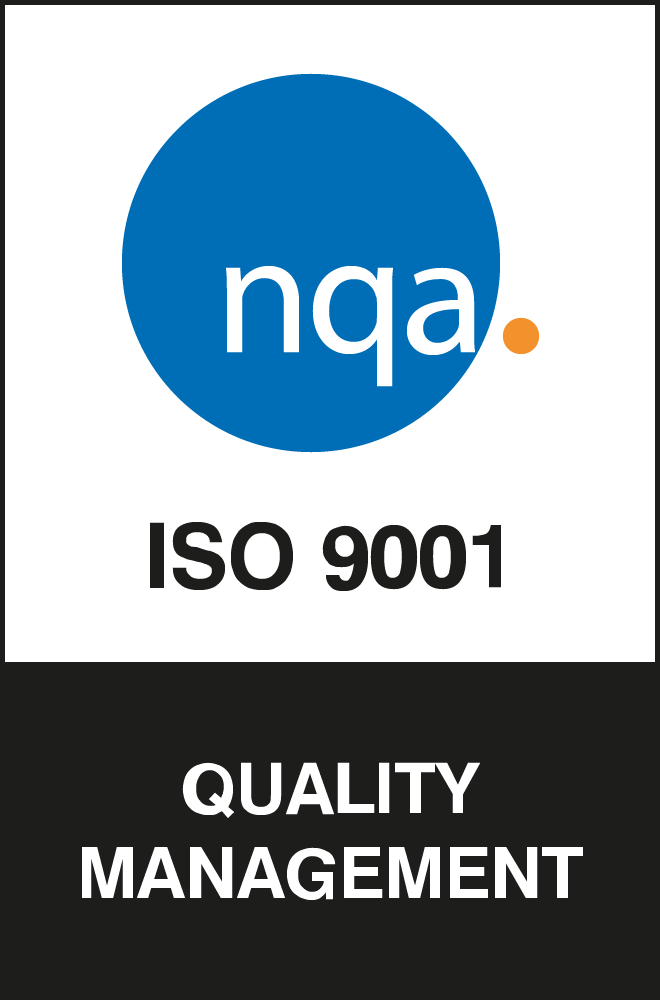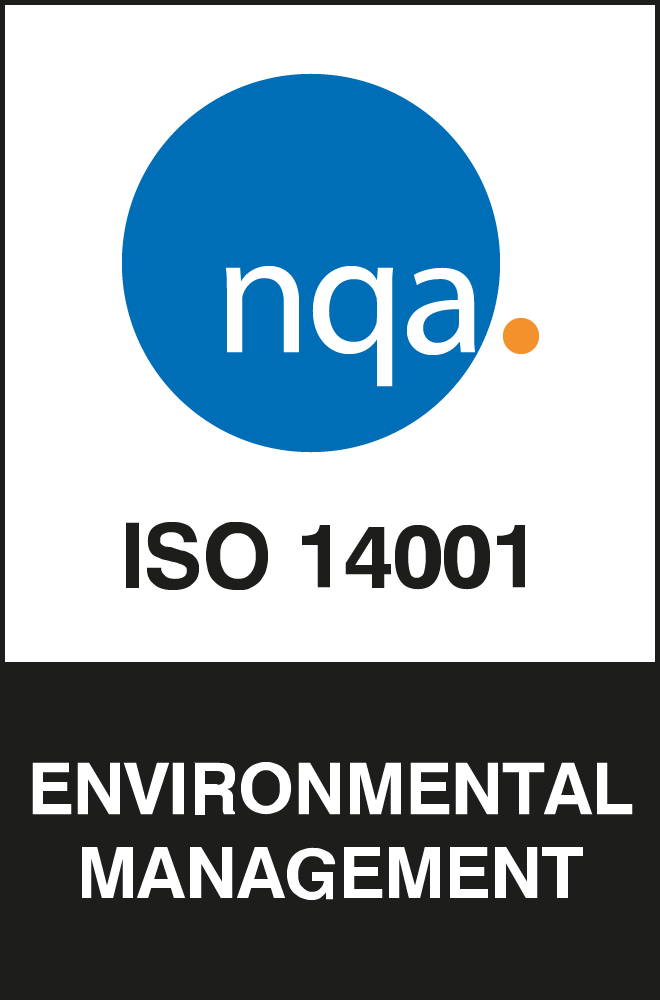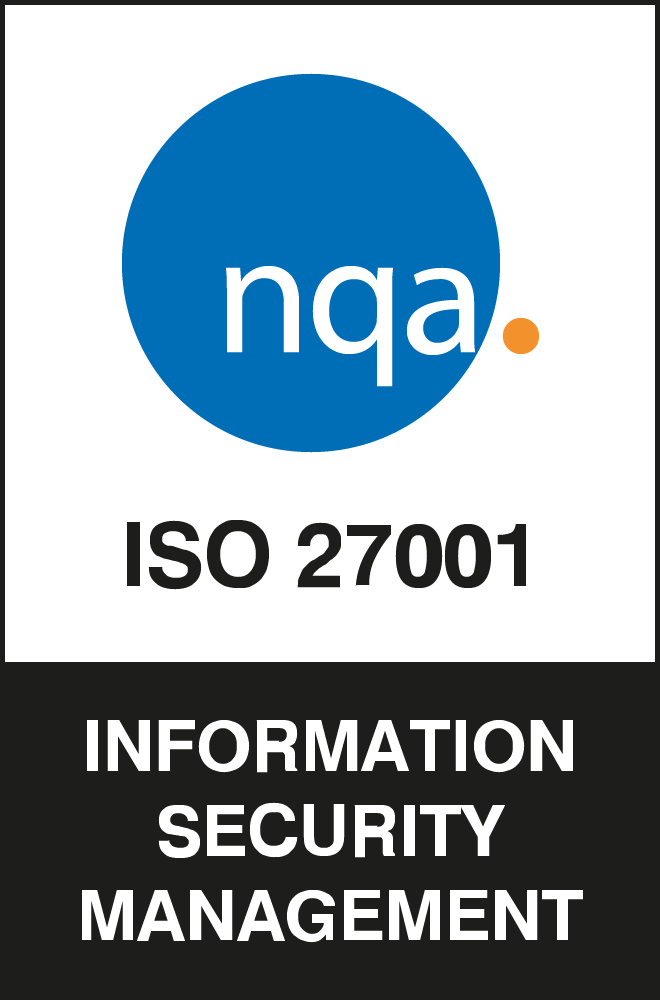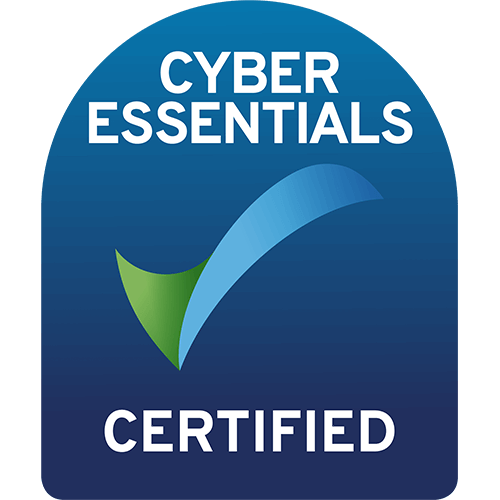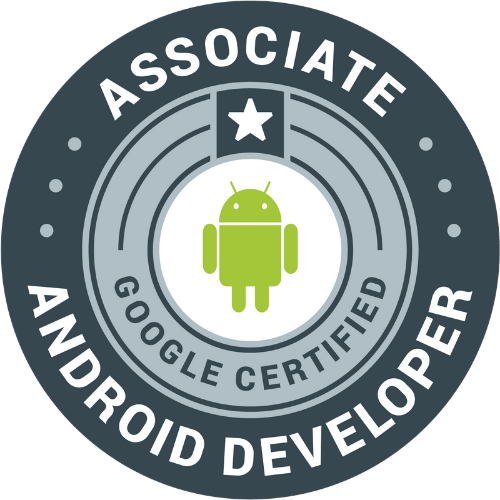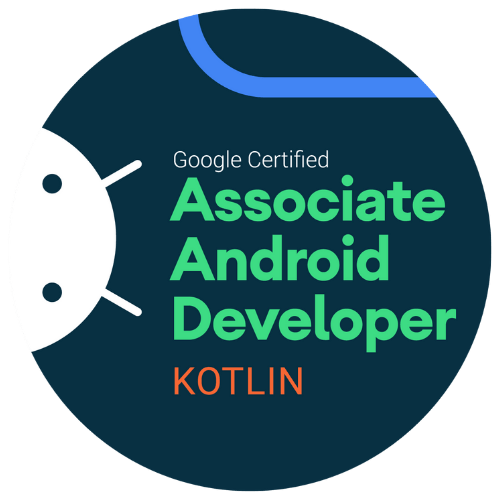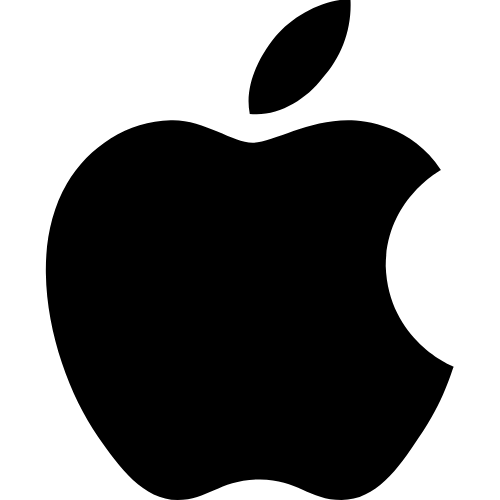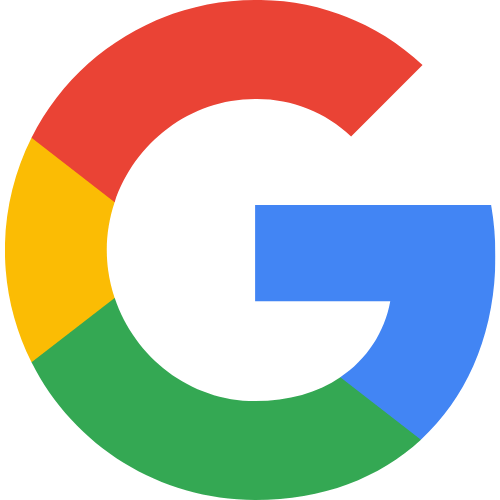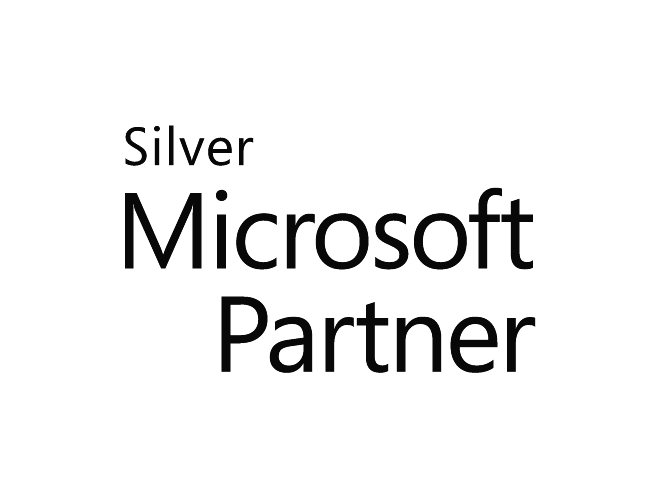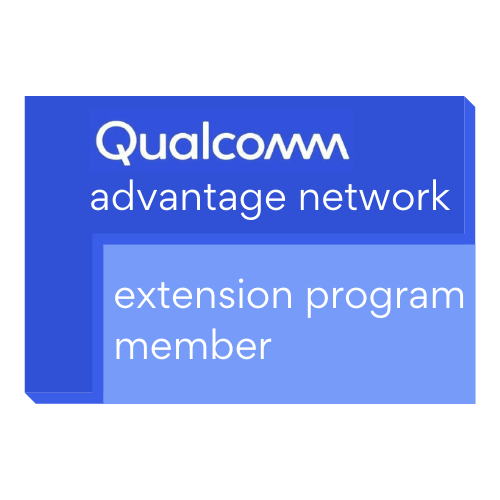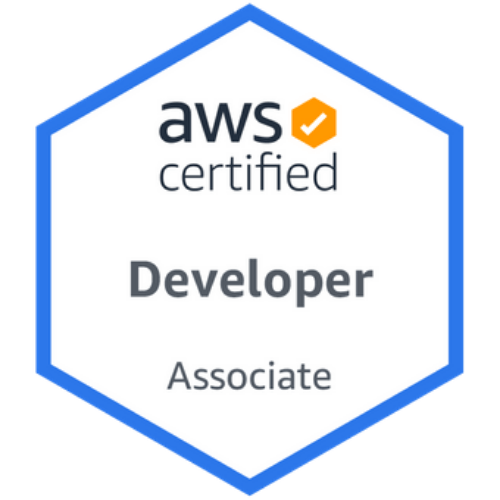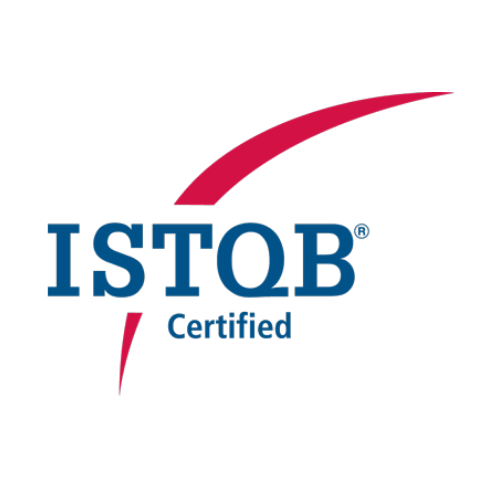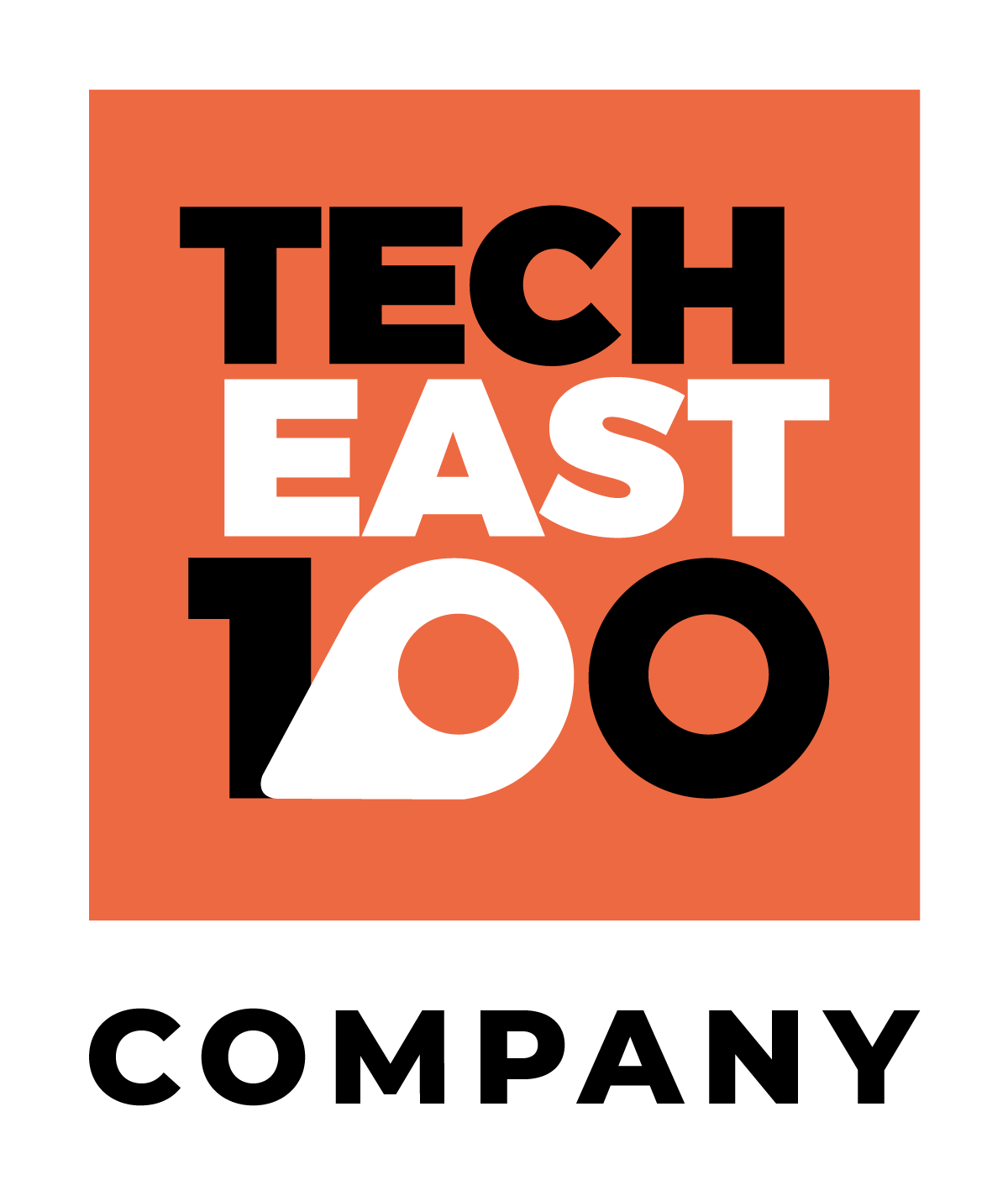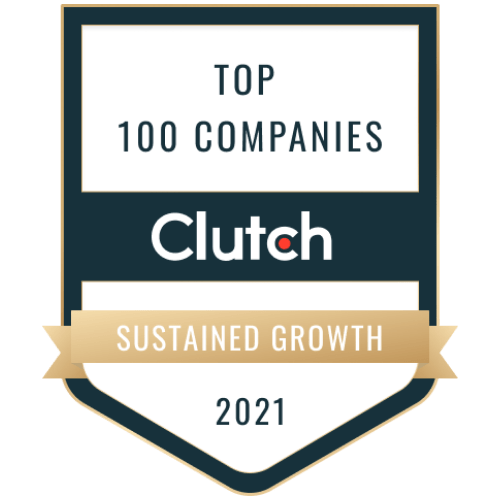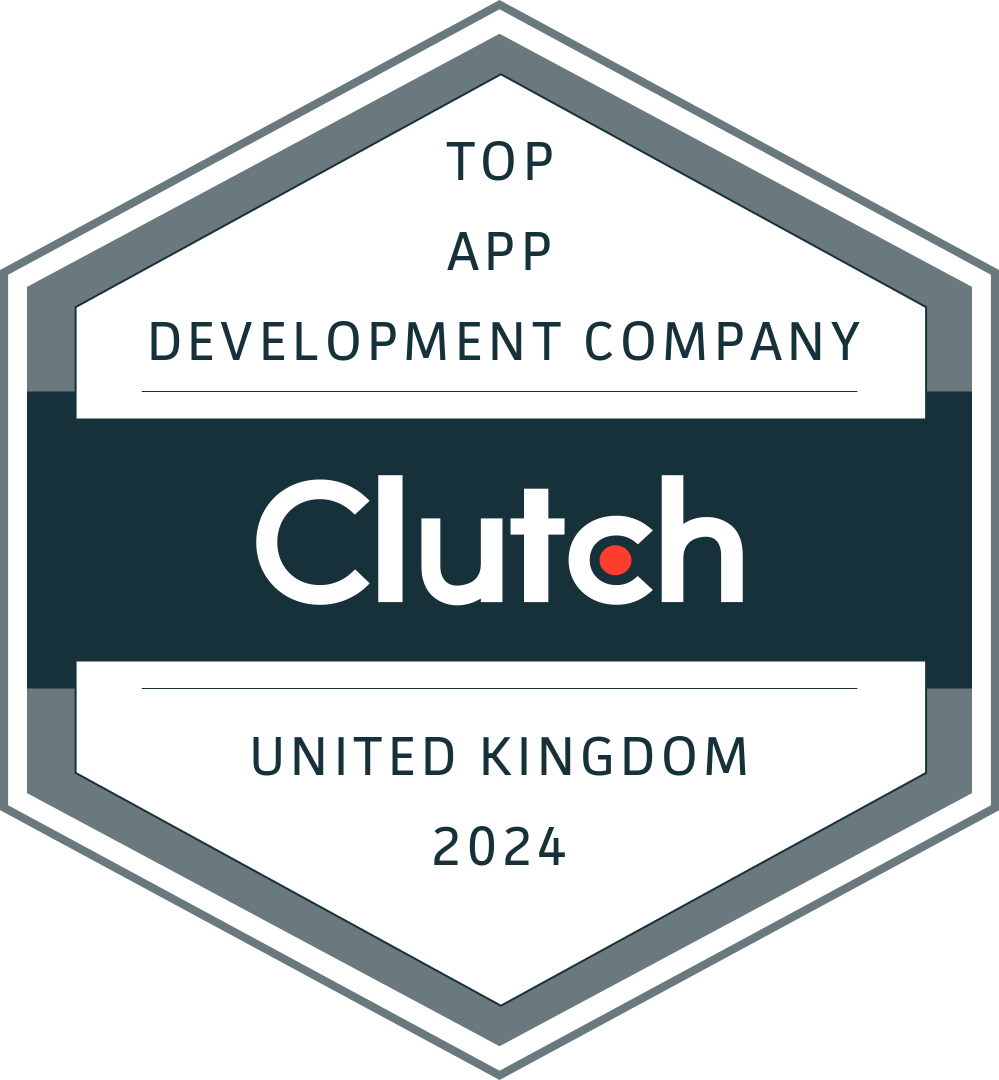IoT is now a well-established sector with over a third of companies using IoT solutions to help improve their processes, refine their data and optimise usage. This article will cover the main trends that are prevailing.
In addition to this, one of the main points of this report, however, is that the majority of trends are pushing other trends further and vice versa.
Connected Devices
Connected devices are devices that have a data connection. This data connection could be one of a variety depending on the use case. Examples include:
- LoRa: An extremely low power, very long-range communication solution perfect for occasional transmissions from remote sensors.
- Cellular (4G/5G): A fairly high data rate solution that is very well supported and therefore perfect for devices that roam around a lot, such as connected cars
- BLE (Bluetooth Low Energy): An extension of the original Bluetooth spec that allows a much lower data rate, but with vast savings in energy consumption
- WiFi/ethernet: A very power-hungry but very fast connection if the sensors are close enough to not require the benefits of LoRa or Cellular.
Edge Computing
As well as connected devices that can communicate, there is edge computing, which adds extra processing on each device, before pushing the result back to the central hub. One example of where this is useful could be a LoRa device that has very, very limited data rates. Instead of publishing back each sensor state every minute for an hour, an average could be taken and that could be sent in one transmission, reducing the data usage dramatically.
Software as a Service
Software as a Service (SaaS) is a trend that’s here to stay and fit with the IoT trend. SaaS is a hosted software that allows customers to connect to this system rather than create their own.
Artificial Intelligence
Artificial Intelligence (A.I.) is becoming more and more mainstream, some of the big examples of this being personal assistants, with Alexa and Google Assistant becoming a bigger part of everyday life in a multitude of ways. Not only are these being used with people out and about in their phones, but are also being included in cars as well as smart speakers, meaning they are always available and always listening.
Machine Learning
With the abundance of processing power and vast improvements in machine learning, it’s becoming a bigger and bigger thing. Machine learning is in essence a type of A.I. that takes in data and uses some “intelligence” to create or improve a solution. The 3 types of learning that machines use are:
- Supervised learning: This is like human learning under the supervision of a teacher.
- Unsupervised learning: This is when the algorithm is left to learn from plain examples with no responses given.
- Reinforcement learning: This is a combination of both above, where the algorithm has free learning but with feedback occasionally given.
There are a lot of ways this is available to an end-user:
On-Device Machine Learning Services
MLKit for Android and Core ML for iOS allow on-device processing to ensure a user’s data never leaves their device. Even though all of the processing is done on these devices to ensure personal data never leaves the device, this doesn’t mean the overall model never grows or benefits from this. As a result of the processing, it’s then pushed to the cloud to benefit global models.
Cloud Machine Learning Services
Some services include Microsoft Azure Machine Learning and TensorFlow.
Azure Machine Learning is a modernised service that delivers a complete data science and machine learning platform. It supports both code-first and low-code experiences. Azure Machine Learning Studio is a web portal within Azure Machine Learning that contains low-code and no-code options for project authoring and asset management.
Also, TensorFlow, created by the Google Brain team, is an open-source library for numerical computation and large-scale machine learning. TensorFlow bundles together a slew of machine learning and deep learning (aka neural networking) models and algorithms and makes them useful by way of a common metaphor.
Smart Sensor
With the prices of sensors coming down more and more, it allows for more smarts to be integrated into them. But there is also a large variety of applications for it.
Household
- Smart energy meters
- Smart bulbs
Industry
- Pollution monitors
- Parking meters: Smart parking meters can detect when a car is present to allow a dashboard of sorts to show the current capacity of the car park.
Smart City
With the prevalence of smart sensors, the possibility of smart cities is growing more than ever. With many smart hubs popping up across the country. There is a large list of smart city projects, some which are covered below.
Smart Parking
As mentioned in smart sensors, a vehicle detector placed under each parking space and a light above each space allow an overall look at how many spaces are free as well as which specific spaces are.
Smart Traffic Lights
These can be connected to autonomous vehicles so they could start slowing down if it is known the light will soon change colour.
Predictive Maintenance
With the growing amount of smart sensors and smart cities, there is going to be an increase in maintenance. However, there is a partial solution for this by having smart sensors as the sensors themselves can report back if there is anything out of the ordinary.
Factory machines showing a slight variation in output could mean a component is starting to fail. If left this could mean machine downtime, whereas predictive maintenance would raise this before it was catastrophic and should keep the downtime to a minimum
One example of this could be a dispensing machine starting to slow down which would trigger an inspection.
With groups of devices now becoming smart, along with some analysis on the reports coming back, trends can be recognized from failure rates of the masses which could be used to give an accurate indication of when a part would fail.
One example of this would be a model of car, with thousands of reports coming back, if there is a trend in these results it could then be used to fix the problem before it happens on other units.
With the increase in electric cars, one of the key points for this would be the battery state.
Big Data
With the number of smart sensors available, there is a lot of data coming from a multitude of sources. Much more than conventional analysis methods can handle. With this, it’s brought about a whole new way of processing data. It’s not only sensor data that is gaining traction, it’s data of all sorts. Another big example of this is social media, with every person’s profile as well as all of the posts/interactions linked with it.
Data Analytics
With the availability of big data, there is more data than ever to be processed. This in essence is what data analytics is; processing raw data to get useful information as well as trends. As with most of the current trends, this is a big part of predictive maintenance.
Are you ahead of the latest IoT trends?
Currently, we believe that the majority of the trends are all interlinked and each one is pushing progression in the rest.
If you’re thinking you want to advance or create new IoT tech as part of your business get in touch.
